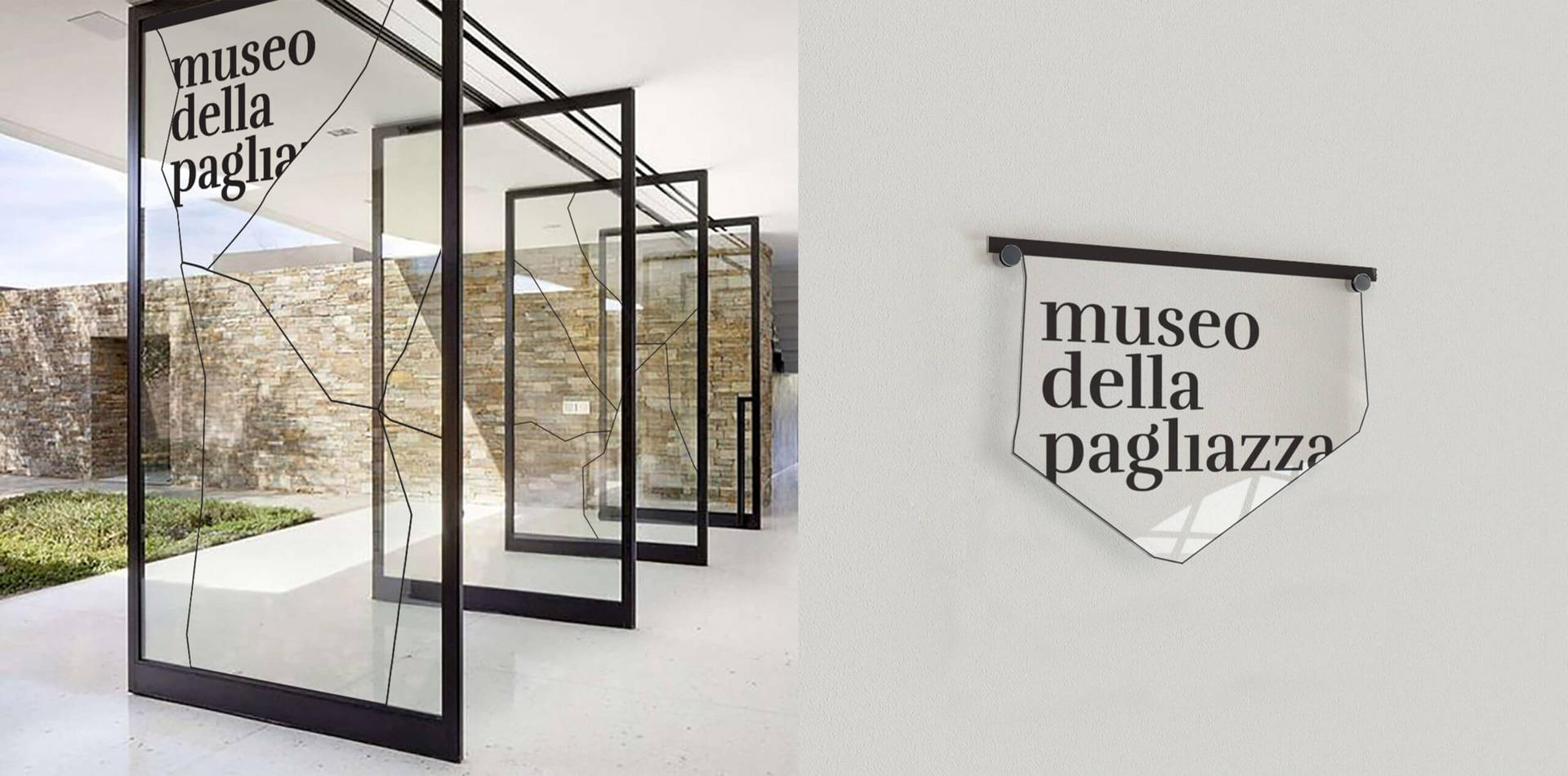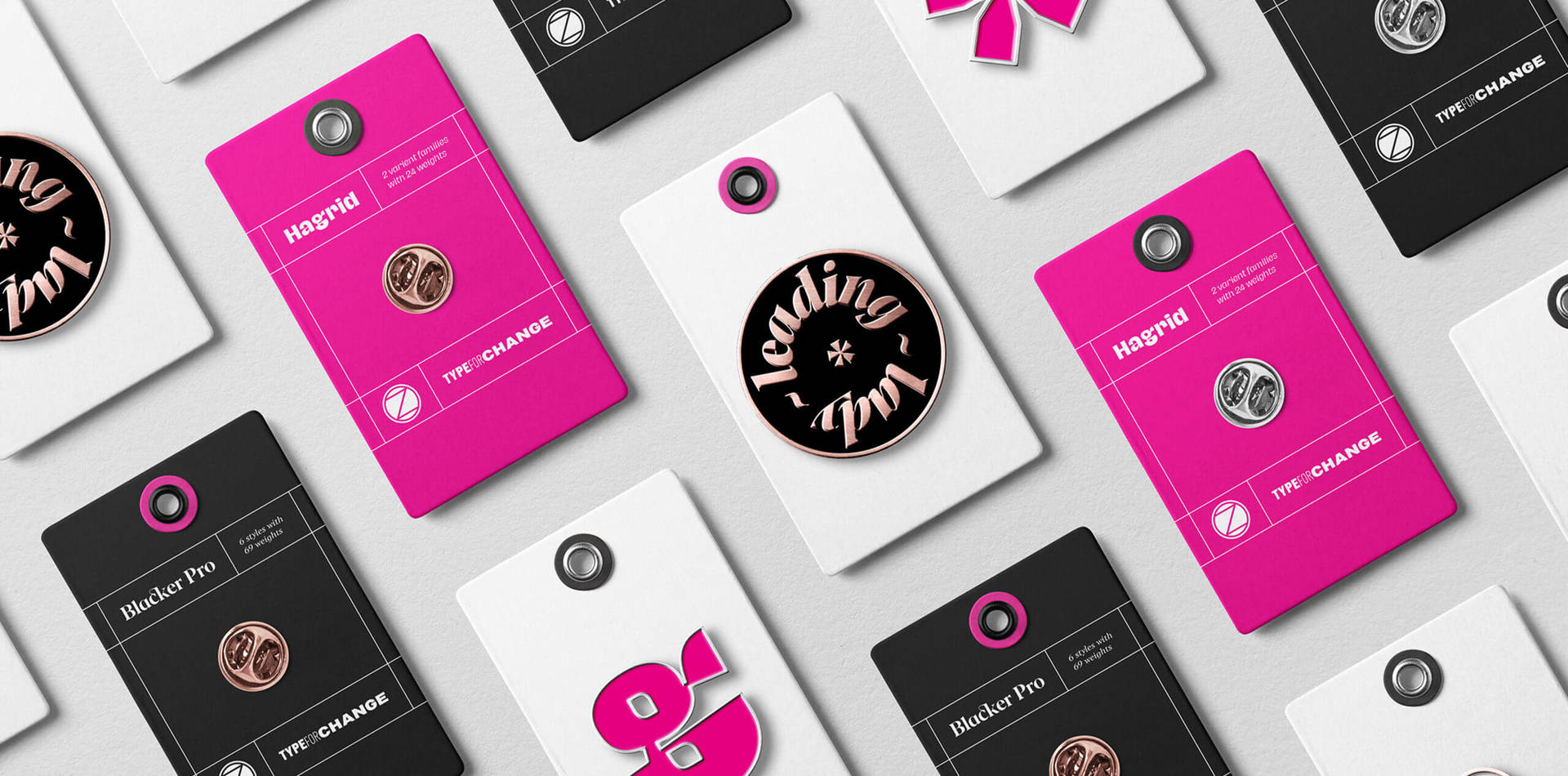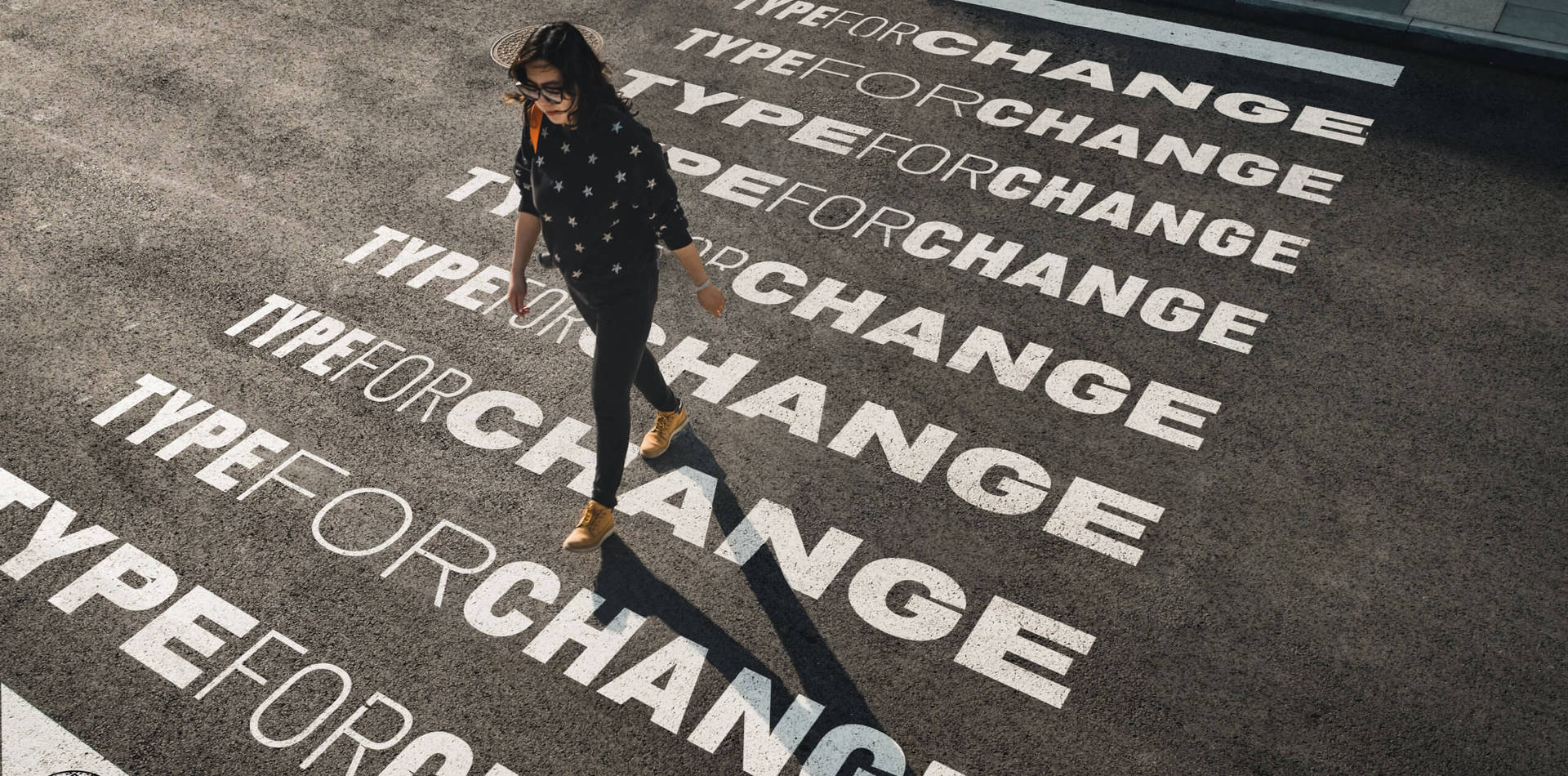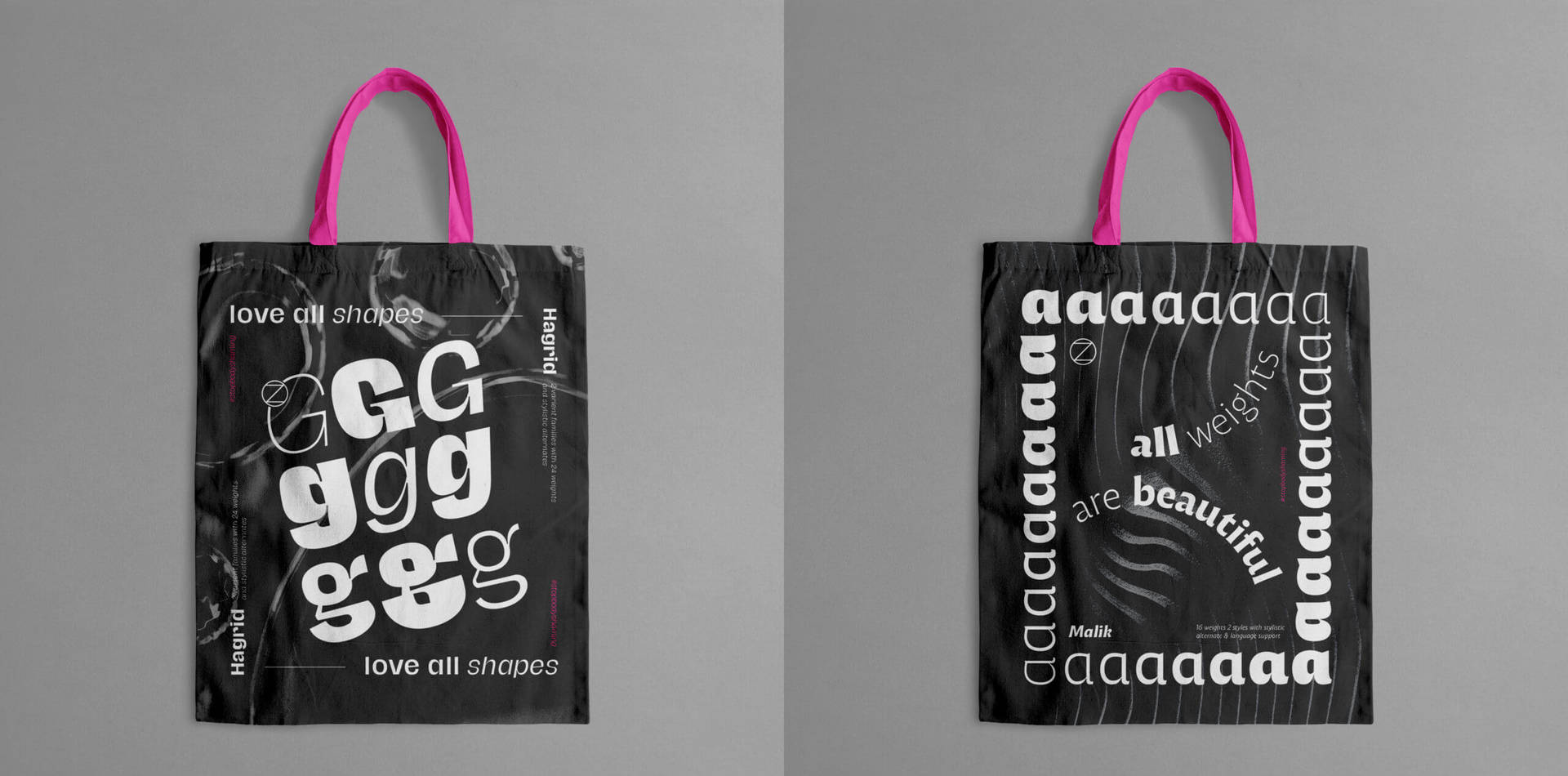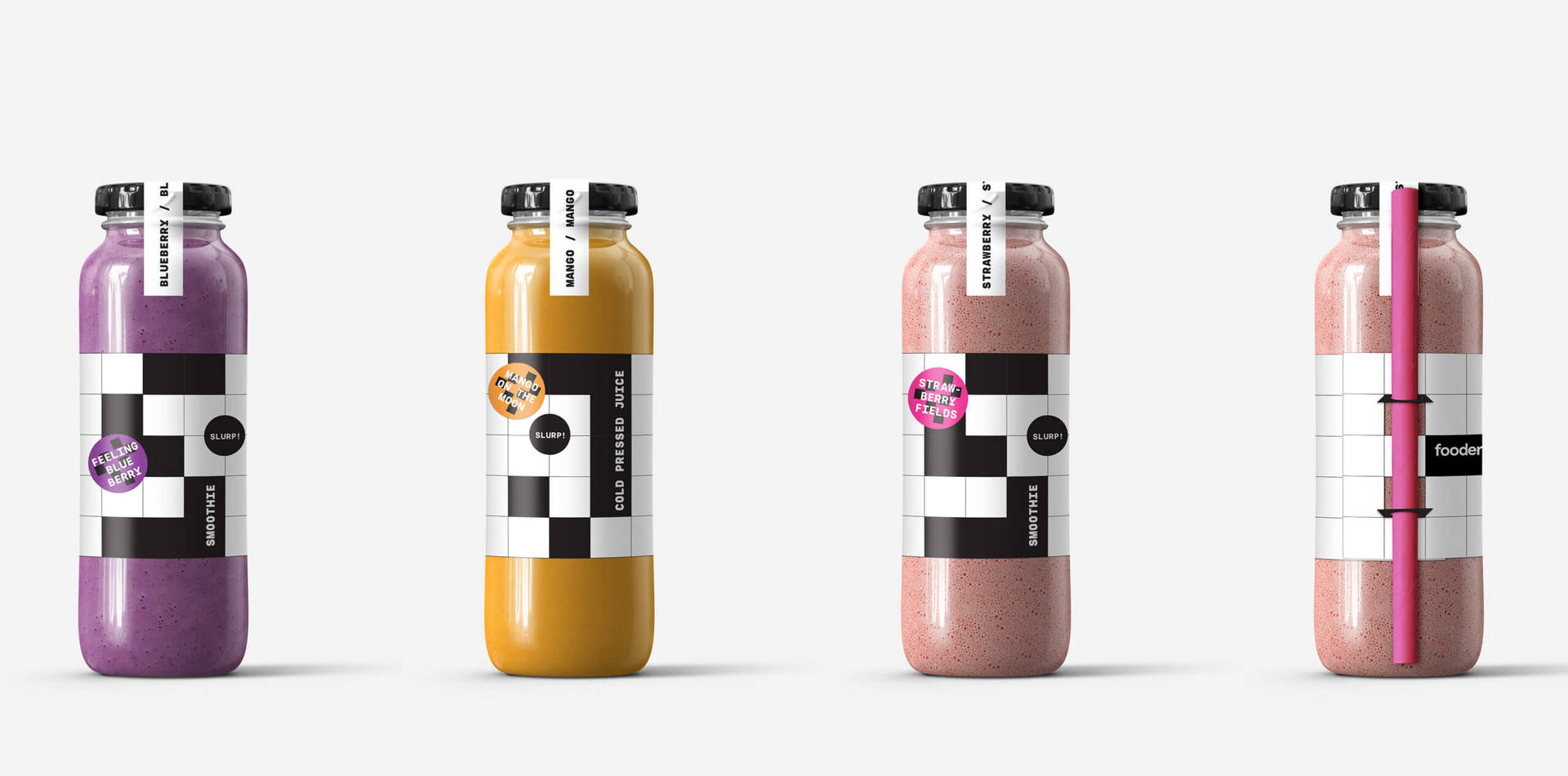Graduating with a Master’s in Graphic Design from IED-Firenze in Italy last year, Shrishti Vajpai is a designer focused on branding, visual strategy, and graphic communication with an impressive portfolio of work. Originally from New Delhi, India, Shrishti completed her degree at the College of Art Delhi in 2010, before working at various studios, including New Delhi based GCD.
Currently collaborating with Zetafonts, a type foundry based in Florence, Shrishti is developing Devanagari counterparts for their Latin typefaces. She tells DbyW, “I think it is absolutely amazing that I am getting to work on something representing my culture in an international setting. The creative industry needs to decentralise design and make learning about design/art history from other cultures an important aspect of education, to truly make it more inclusive, diverse and borderless.”
Passionate about using her practice as a way to connect and create impact, Shrishti is a strong believer in the power of design and its effect on society, “Design has the potential to capture attention on a mass scale, to incept ideas, change mindsets, spread awareness, bring joy, make lives simpler, tell stories and a lot more.” She hopes that in the future, she can continue to create meaningful work and be in an environment that encourages growth and diversity.

We caught up with Shrishti to learn more about her career journey so far, working with Zetafonts and making the design industry a more inclusive and diverse place.
Why did you decide to become a designer?
For me, it was more like I stumbled into the world of graphic design and fell instantly in love with the field. Since school, I have always had an interest in creative studies. At the time I was interested in pursuing Fashion Design, but instead I did my undergrad at an institute which was primarily a Fine Art college, and my chosen course was Applied Art. The curriculum was outdated, and I wasn’t really able to hone my skills.
In my final year I interned with an advertising agency, and it was then that a senior colleague of mine told me I should investigate graphic design. The more I researched about it, the more interested I became and felt excited to pursue it. I loved conceptualising ideas, creating visual stories, and having the ability to be creative in so many different ways.
I managed to get my first role as a graphic designer at GCD Studio, which is where I literally learnt how to design! Since then, I’ve started designing for the joy of creating and use it as my vocabulary to tell stories.
Tell us about a favourite project that you’ve worked on and why it’s important to you?
My favourite project has to be the final thesis project I created as part of my master’s course for Zetafonts, a type foundry based in Florence. I believe in spreading value, through whatever I do. Whether it’s working, studying, interacting with people or designing for demanding clients, I want my words and work to have meaning and exude a positive energy. The brief for the final thesis was quite open. I was asked to market the type foundry and their typefaces in a new way. I was free to create a concept that I not only connected with personally but would also be meaningful for the design community.
Design has the potential to capture attention on a mass scale, to incept ideas, change mindsets, spread awareness, bring joy, make lives simpler, tell stories and a lot more. I had always wanted to think of and execute concepts that could inspire brands to build themselves in a way that can positively impact people and with this project I was finally able to explore this approach to its fullest. I like to create work and concepts that have something meaningful to communicate, and I have always believed that design can be a catalyst for change.
“Design has the potential to capture attention on a mass scale, to incept ideas, change mindsets, spread awareness, bring joy, make lives simpler, tell stories and a lot more.”
What do you find most challenging about being a designer?
“Design can be art. Design can be aesthetics. Design is so simple, that’s why it is so complicated.” – Paul Rand
This quote by Paul Rand is one of my favourite and I think it sums up the challenge of design quite beautifully. As a designer one has to always find the right balance between aesthetics, logic, idea, uniqueness, usability, relevance and effective communication. It can be quite challenging, especially since the world of design and technology is moving at a really fast pace, and it is important to be a multi-faceted designer today.
How do you think we can encourage greater diversity and inclusion across the creative industries?
Recently I have noticed more efforts being taken to increase representation for people of colour and different cultures, women and those identifying as women. But it is still quite a small percentage. People need to embrace diversity like it’s second nature to being human and for existing. Changing attitudes, prejudices and mind-sets cannot happen over night, and that is why individuals, agencies/studios, organisations and educational institutes, however big or small, need to take a stronger stand. They need to make consistent efforts to create opportunities that will enable more diverse representation.
I am currently collaborating and learning with Zetafonts, a type foundry based in Florence, to develop Devanagari counterparts for their Latin typefaces. I think it is absolutely amazing that I am getting to work on something representing my culture in an international setting. The creative industry needs to decentralise design, stop looking at it only through a western lens, and make learning about design/art history from other cultures an important aspect of education, to truly make it more inclusive, diverse and borderless.
“The creative industry needs to decentralise design, stop looking at it only through a western lens, and make learning about design/art history from other cultures an important aspect of education, to truly make it more inclusive, diverse and borderless.”
What are your plans for the future?
I have a background in visual communication, so I want to find opportunities in which I can utilise that skill set, although I don’t want to limit myself. I’m quite keen on pursuing roles in branding, packaging or editorial design. It is important for me to be in an environment where I can continue to grow, experiment and create good, meaningful work. With Zetafonts I am getting to see the world of typography and type design and I would really like to explore that further too. Carving out more time for personal projects has always been challenging but I hope to be able to do more of it in the future.
Name your top three creative crushes currently working in the industry?
Martyna Wedzicka, Kimya Gandhi, Gemma Correl



